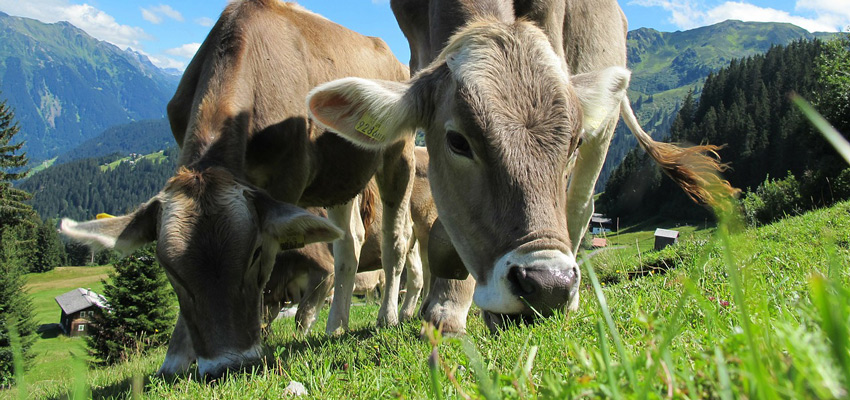AGROLAB LUFA GmbH has been carrying out the Hohenheim gas test at its own laboratory for some time. The parameter can be analysed in co-operation with the Christian Albrecht University in Kiel, which provides the rumen fluid required for the tests.
Why is the Hohenheim gas test used for analyses?
The Hohenheim gas test and/or its results are a fixed component of the legally defined energy calculation for ruminants in Germany. Accordingly, this parameter is required for the calculation of the metabolisable energy for cattle.
The results of the Hohenheim gas test are determined in the laboratory using an in-vitro method. In this context, fresh rumen fluid is required, which is extracted from sheep or cattle with rumen fistulas. Since the rumen fluid can differ according to the time of day and nutrition, the animals with rumen fistulas are fed according to a defined food ration and the rumen fluid is extracted at a specific time of day.
Your plus: AGROLAB LUFA in Kiel offers accredited tests and the optimum testing conditions
Through the close co-operation of AGROLAB LUFA GmbH with the Christian-Albrecht University of Kiel, whose animals with rumen fistulas are to be found just a few minutes away from the laboratory, it is possible for us to scrutinize the test conditions and better assess the plausibility of the results. Since your samples are analysed directly in our laboratory, we know where and in what stage of analysis your samples are at all times. The HFT is carried out at AGROLAB LUFA GmbH as an accredited test and is therefore based on proven methods. Moreover, the inter-laboratory test of the VDLUFA for the HFT were also successfully concluded through our laboratory in Kiel.

 Contact
Contact

 Contact
Contact Career
Career